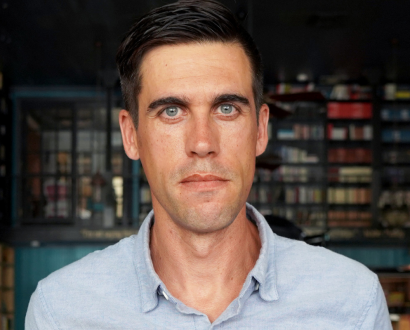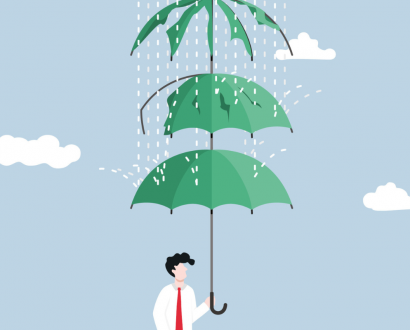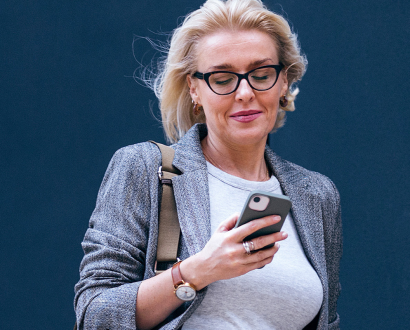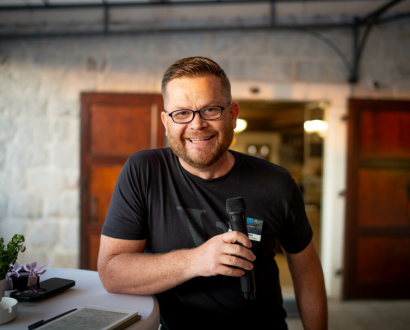Would you be attracted to a workplace that developed resilience and change readiness so that you don’t just survive disruptive change, but you get stronger because of it?
With all the systems and support for leaders and teams in the average Australian business – performance management, change management, development courses, engagement surveys, career guidance, collaborative software, efficient systems and so on – you might assume that environment already exists.
However, it’s worth asking yourself a challenging question; do these practices really make people and organisations stronger, or could they be having the opposite effect?
Stressors help adaptation
It might surprise you to learn that rules, structure, linear planning, reliance on protection from outside, and size, all increase fragility.
If we look to our own bodies as an example, they respond to stressors and become stronger. Vaccinations and physical training rely on our bodies’ adaptive capabilities. People, teams and organisations do the same, provided they are set up to do so.
By this logic, many of the very practices that we rely on to enable adaptability and resilience actually have the opposite than intended effect. For instance:
- Too much of the change management that happens in Australia, is project management dressed up to look like change. Instead of assisting people to navigate through adaptive change, it protects them from the experience and learning from it.
- Performance management consistently misses the point that adaptability requires a rapid and continuing cycle of alignment, collaboration and learning, not simply an annual review.
- Classroom training by itself is a poor way to embed learning so that behaviours stick under pressure, which suggests that resilience training courses might not be quite what they could be.
- A bias towards restructuring to address silo behaviour suggests that Australian leaders aren’t aware that effective cross-boundary collaboration develops because of tension, not in the absence of it.
Counter culture
Some organisations are already using this ‘antifragile’ thinking to create and explore a different set of principles. These principles run counter to the mainstream, but they are already being embedded in a new style of capability development.
Four trends are emerging:
- Replace change management with in-the-field adaptive change development, where leaders and teams are guided to apply problem solving and decision making tools within their real challenges
- Replace performance management with frequent and robust two-way learning and performance conversations
- Replace most classroom training with experiential knowledge gained from real life experience, coupled with powerful debriefing
- Replace the bias to restructure with a one-team model of nimble connected teams using partnering and social technologies.
Each of these practices moves away from notions of protecting, managing and controlling, and towards a more natural process. They acknowledge that people do learn and adapt without needing overt management control.
These approaches are increasingly used in Australian Universities, government agencies and businesses, because these institutions want to empower employees, boost engagement and develop the capability for adaptive change.
The challenge for everyone is to accept that adaptive change involves a level of discomfort and squirming, and it’s from the squirm that we learn and adapt.
For our careers, our businesses and our nation, we can only hope that our leaders learn how to create an environment that bolsters our individual resilience and adaptability, rather than one in which we feel the need to be protected by our leaders. Resilience and strength has always been Australia’s trademark – perhaps we just need to remind ourselves again.





